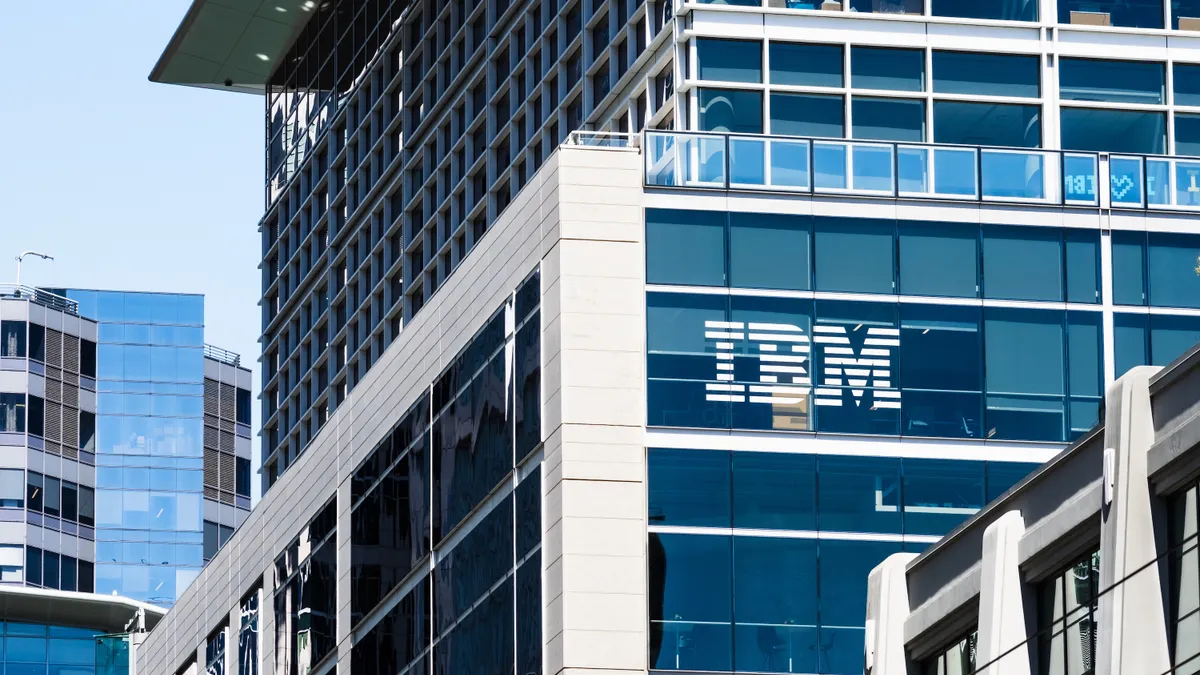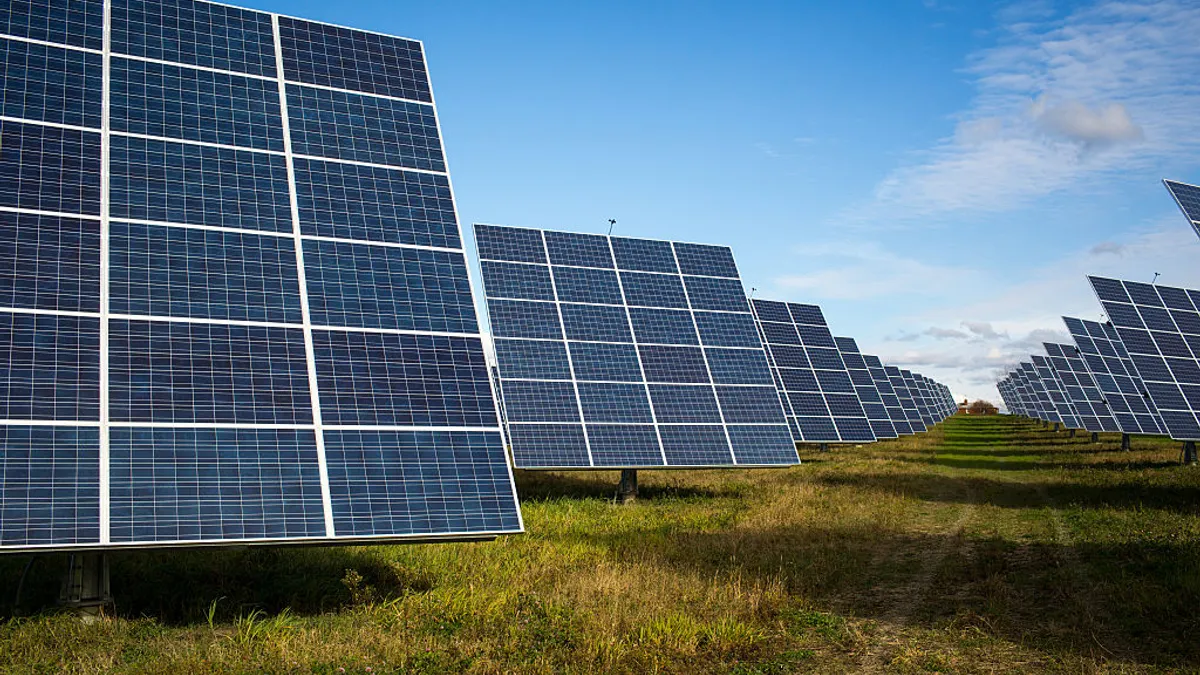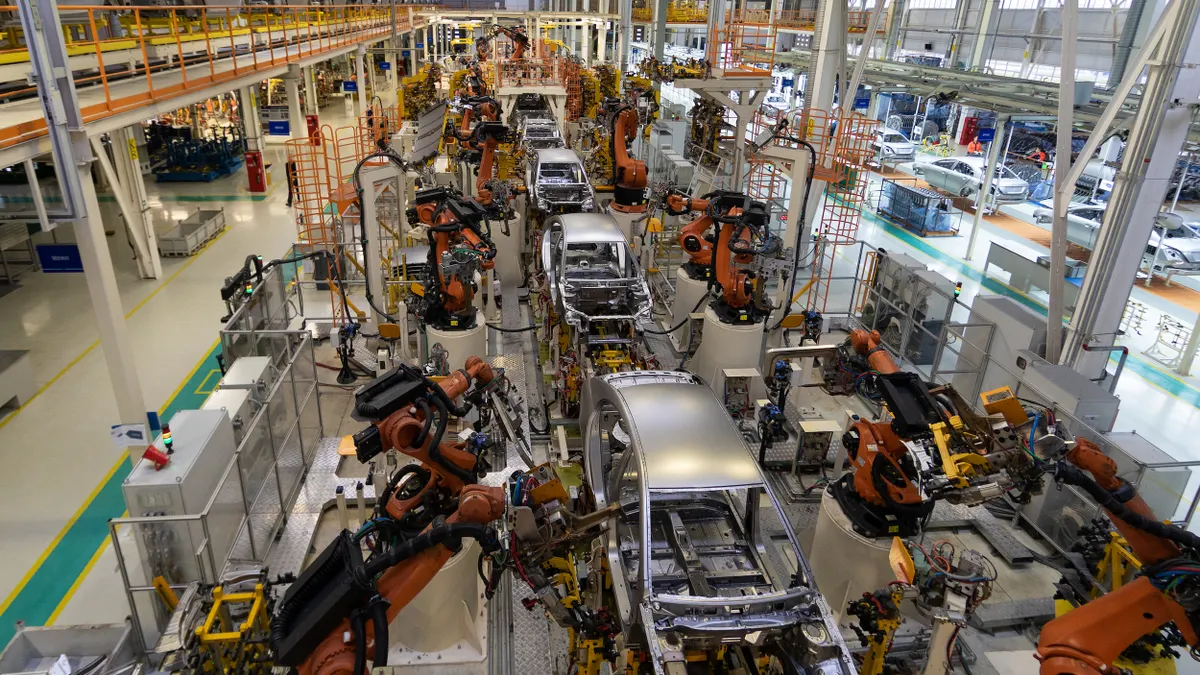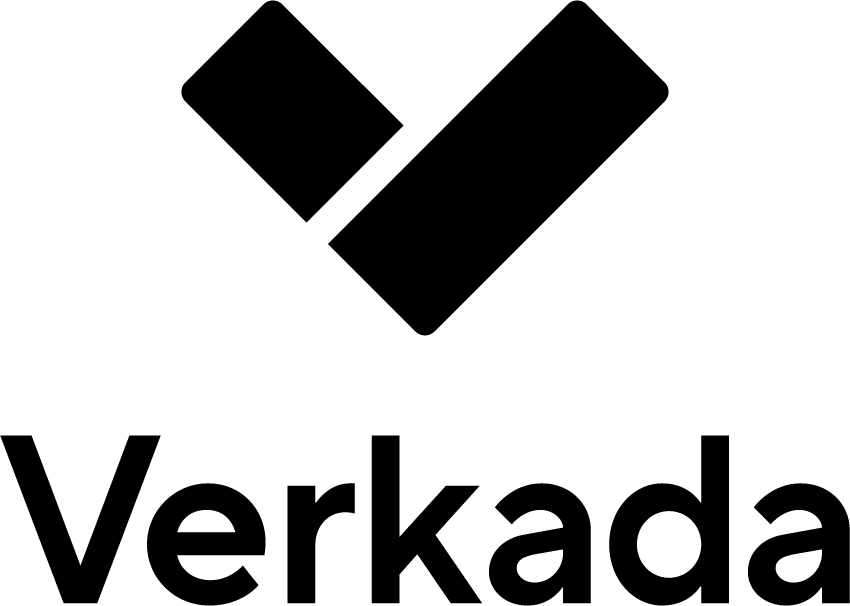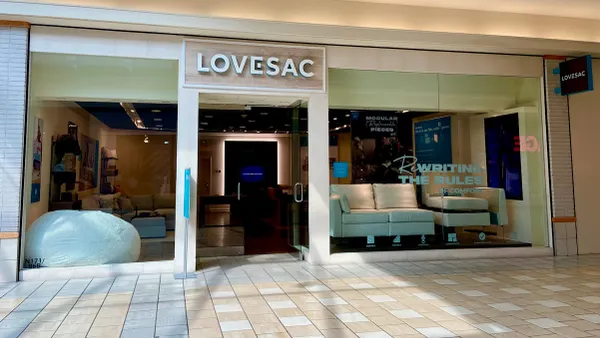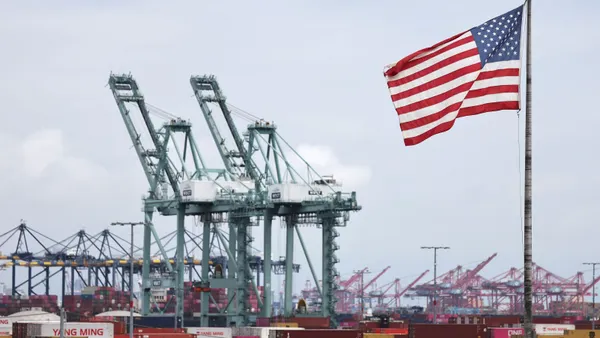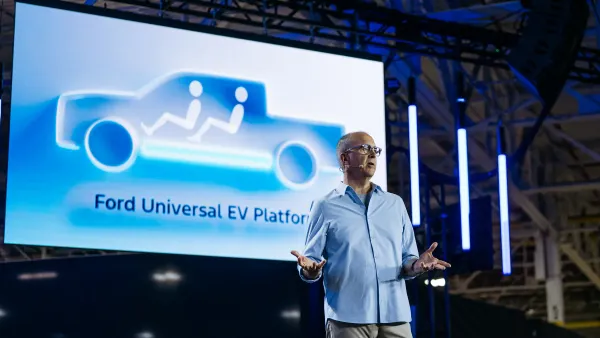Dive Brief:
- IBM plans to spend $150 billion in the United States over the next five years to accelerate its quantum computing push.
- The investment includes $30 billion for research and development and manufacturing capacity for mainframe and quantum computers, according to the company's Monday announcement.
- The company is part of a growing list of tech firms, including TSMC, Apple and Nvidia, to announce U.S. investments as the Trump administration pushes to grow domestic manufacturing.
Dive Insight:
IBM houses much of its U.S. manufacturing at its site in Poughkeepsie, New York, where it's operated since 1941. The facility is home to IBM's mainframe computing production, and the company is also pushing to make Poughkeepsie "a global hub of the company's quantum computing development."
The eastern New York region, including Poughkeepsie and Albany, has become increasingly popular for semiconductor manufacturing, including GlobalFoundries' growing fab campus in Malta.
As part of its prioritization of the area, IBM announced plans in 2022 to invest $20 billion in the Hudson Valley region over the next decade.
IBM's new investment adds to the string of major manufacturers doubling down on U.S. manufacturing since President Donald Trump took office. The president has embarked on an aggressive trade war in hopes of pushing manufacturers to invest in domestic production.
More technology tariffs are also likely on the way. Earlier this month, the Trump administration opened a Section 232 investigation into semiconductor imports and derivative products to assess their impact on national security. The move is seen as a precursor to new tariff measures.
For its part, IBM SVP and CFO James Kavanaugh said on an earnings call last week that the company is largely insulated from the impact of tariffs, but that the company was reviewing other strategic options.
“Goods imported to the U.S. represent less than 5% of our overall spend, and under current U.S. tariff policy, the impact to IBM is minimal,” Kavanaugh said. “While we have limited direct exposure outside the United States, we are tactically evaluating alternative sources and other strategy to mitigate tariffs.”
It remains to be seen, however, how many small- and medium-size manufacturers will also make major capital investments in U.S. production, where wages are higher than in places like Mexico, China or Vietnam. Many companies are opting to take a "wait-and-see" approach, holding off on long-term decisions until the administration's policies are more stable.



